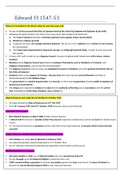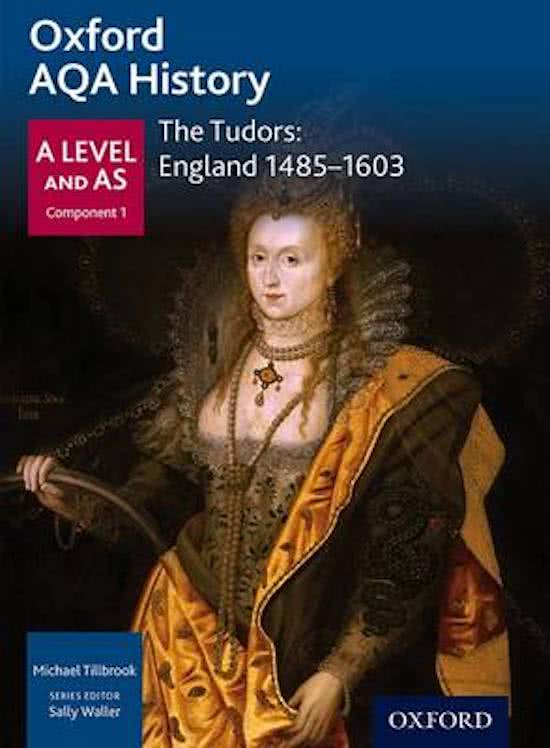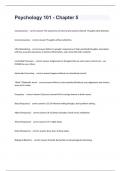Zusammenfassung
Summary AQA A-level History: Edward VI A* Revision notes
- Kurs
- Hochschule
- Book
A* revision notes covers all the content for Edward VI, uses a myriad of resources: AQA textbook, revision guide, youtube, SHP, seneca, historiography. Start revising now and secure those grades.
[ Mehr anzeigen ]





